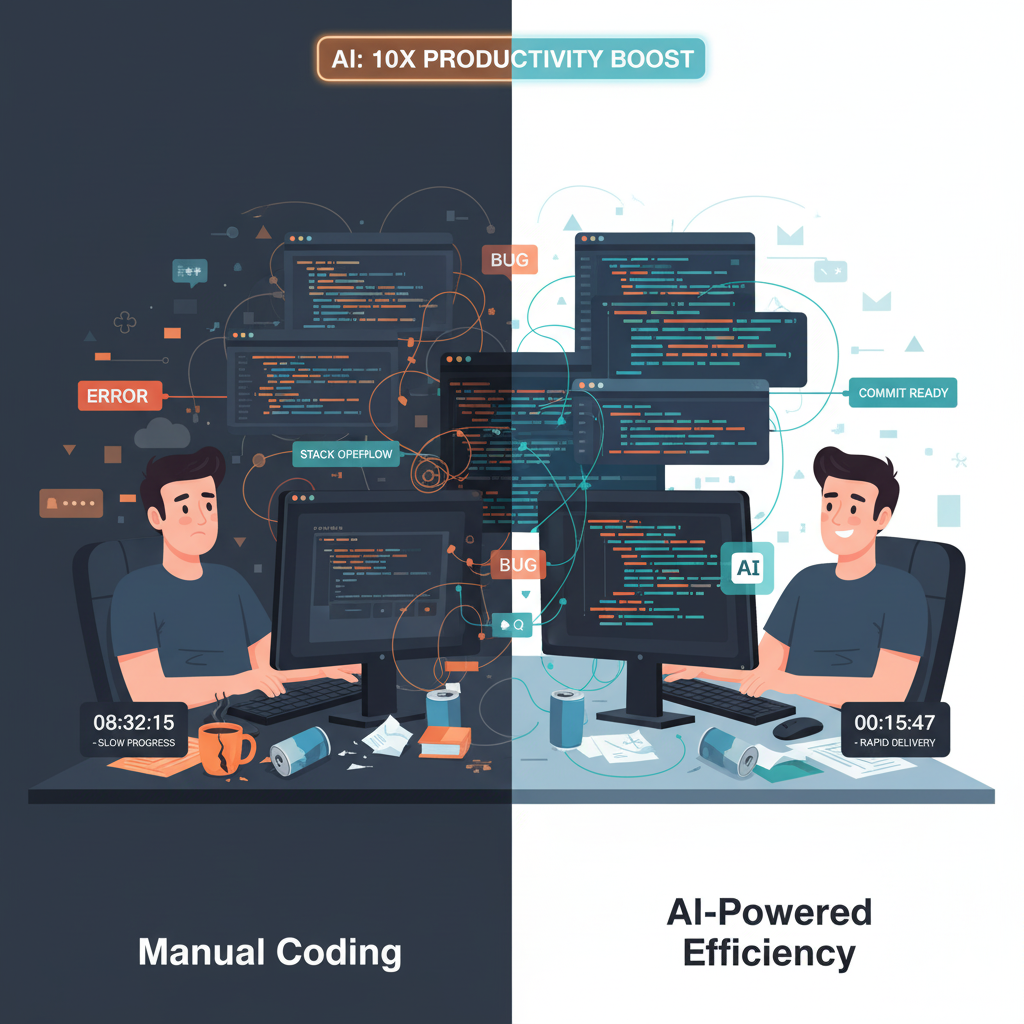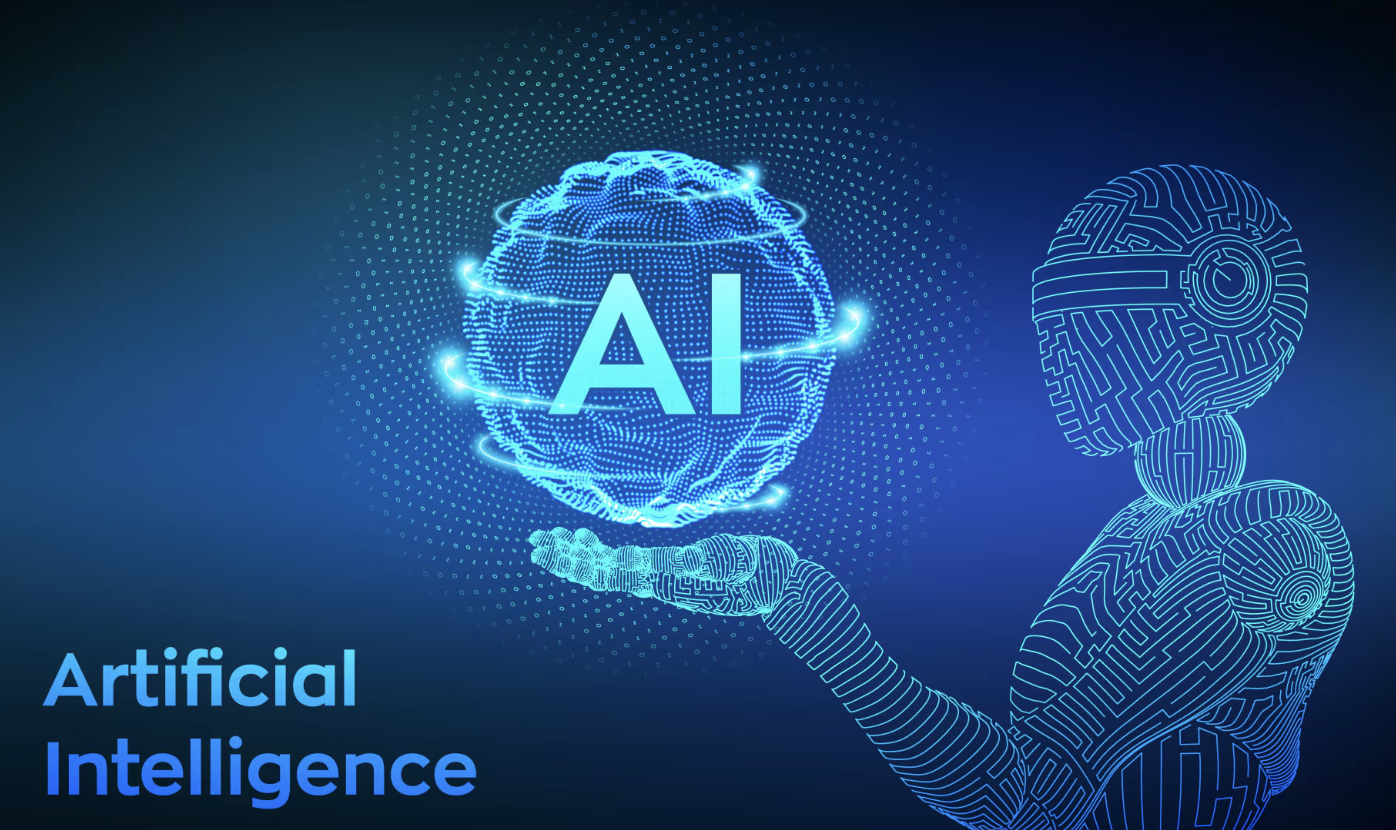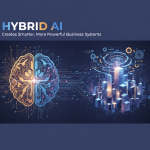Artificial intelligence is no longer a distant dream. It’s now a daily partner that helps developers – code, test and ship products faster. Moreover, in 2025, AI developer tools have become the quiet accelerators behind faster releases, cleaner code and smarter workflows. The question isn’t whether AI can write code. It’s how developers can use it to deliver features that truly matter.
The New Era of AI Developer Tools
Over time, AI developer tools have grown from simple helpers into intelligent collaborators. They now understand full codebases. They can suggest changes and create ready-to-deploy commits. As a result, developers in startups and enterprises use these tools to cut repetitive work. They automate tests and spend more time solving real business problems. Therefore, development cycles are shorter and releases are more confident.

7 AI Tools Developers Use to Ship Features Faster
Here’s a look at seven AI tools that help developers code smarter, automate faster and deploy better. These tools save time without losing control of quality or security.
1. Cursor
Cursor is an AI-first code editor that understands your repository. It lets developers talk directly with their code and apply structured edits across files. Therefore, Cursor is perfect for large refactors or complex diffs. It helps teams complete changes that usually take hours in just minutes. Its tight Git integration also keeps every edit traceable and review-friendly.
2. Claude Code
Claude Code by Anthropic helps developers edit multiple files using natural language. Moreover, it supports long-context reasoning so teams can review dependencies and audit large projects easily. Because it can process entire repositories, Claude Code is ideal for code audits, security checks and architecture reviews.
3. GitHub Copilot
GitHub Copilot remains the most popular AI assistant for developers. It excels at inline completions, boilerplate generation and quick syntax suggestions inside VS Code or JetBrains IDEs. As a result, developers can skip repetitive tasks and focus on solving real problems instead of rewriting the same code.
4. Windsurf
Windsurf is a flexible code editor with built-in AI capabilities. It can perform tasks like “add pagination to all API endpoints” or “rewrite validation tests.” Therefore, it helps teams complete multi-file updates quickly. Developers can also bring their own model keys, reducing cost while maintaining privacy and control over data.
5. Aider
Aider is a terminal-first assistant made for developers who prefer version control discipline. It suggests atomic commits, provides clear diffs and writes detailed commit messages automatically. Moreover, every change is auditable, and developers can maintain full control over how AI contributes to their workflow.
6. Amazon Q Developer
Amazon Q Developer brings AWS-aware intelligence into your IDE. It helps with migrations, code optimization and cloud troubleshooting. You can use Q Developer in the AWS Console or your local editor. It acts as an AI co-pilot for cloud tasks and simplifies complex configurations. As a result, teams save hours on debugging and environment setup.
7. Pieces for Developers
Pieces for Developers focuses on personal productivity. It acts as a local AI memory that stores snippets, screenshots and contextual notes. By keeping data on-device, it enhances privacy. Developers can quickly find what they need and stay in full control of their data. Consequently, productivity improves without compromising security.
Setting Up for Success
To make the most of these AI developer tools, start by enabling assistants in separate feature branches. In addition, restrict write access, review commits carefully, and log AI-generated outputs for transparency. Furthermore, integrate extensions like Copilot or Cursor into your editor and set access limits when using Claude or Aider. Finally, choose local-first tools like Pieces when handling sensitive codebases to maintain privacy and ensure compliance.
How AI Developer Tools Transform Daily Workflow
Modern developers use AI at every stage of their workflow. Typically, they start the day by setting priorities and let AI handle repetitive scaffolding, refactors and documentation. During development, prompts such as “add search filtering to Orders API” deliver quick and accurate edits. In fact, this approach saves hours of manual work. Moreover, teams generate changelogs and test summaries automatically, keeping focus on high-value design and review tasks.

Real Impact: What Teams Achieve with AI Developer Tools
- 20–40% reduction in time spent on boilerplate and repetitive edits.
- Improved test coverage by prompting AI to scaffold unit tests per module.
- Faster code reviews with smaller, atomic commits and clear diffs.
Consequently, teams using AI developer tools deliver features faster. They also improve collaboration and maintain higher code quality across projects. As a result, they see measurable gains in both productivity and delivery speed. The key is to blend automation with human judgment – letting AI handle the heavy lifting while developers focus on innovation and creative problem-solving.
Final Thoughts
Overall, AI developer tools are changing how software is built, reviewed and shipped. From intelligent editors like Cursor to privacy-conscious platforms like Pieces, these tools empower teams to move faster without losing quality. As adoption grows, developers who work well with AI will lead the next wave of productivity. In the end, they set a new standard for code quality and excellence.
At AIBridze, we help businesses integrate AI-powered tools and automation systems that enhance productivity, accelerate delivery and enable innovation at scale.






